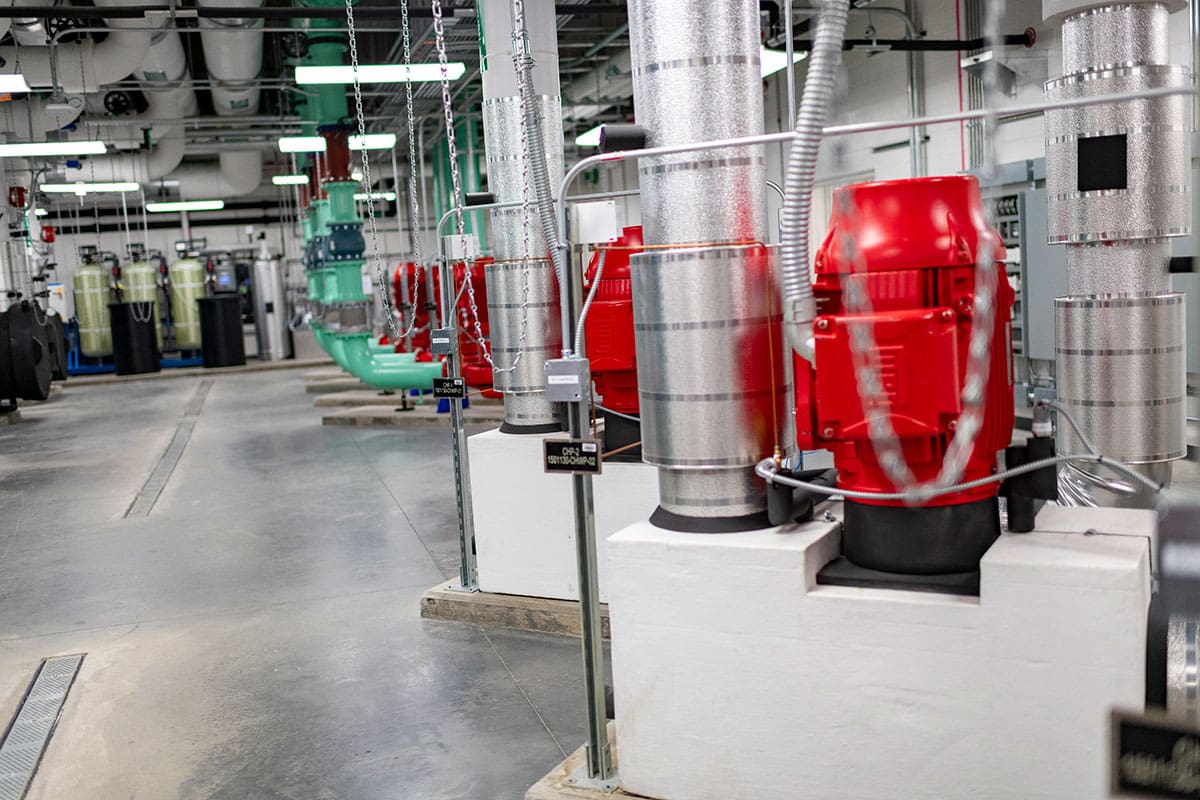
June 16, 2017
One would think that balancing closed water systems would be easy with no leakage, unlike ventilation systems. Many times it is, but it can be a real problem when balancers cannot troubleshoot or look inside the system. Ventilation items can be addressed by drilling ductwork and taking static pressure profiles, cutting holes in ductwork, looking in access doors, etc. With piping issues it is not possible to take pressures to troubleshoot unless there are ports installed where needed or a pipe fitter can be convinced to take a pipe apart to investigate a possible blockage.
Flushing, Cleaning, Filling
Many of the problems encountered during Testing and Balancing can be found and corrected during the flushing and cleaning stage of the hydronics installation. The contractor doing the flushing, cleaning and filling of the hydronics system has the responsibility to properly clean the system. During this stage many different activities are happening at the same time. Temperature controls are being installed and programmed, pumps are being wired and started, and the final pieces of piping are being installed.
To perform this task the contractor needs all of the piping installed on the system and the ability to make sure that all of the system is open. This includes temperature control valves and manual balancing valves. In addition, if strainers are installed they need to pulled and cleaned on each terminal device. This may need be done more than once depending on the cleanliness of the system. Proper cleaning is essential to having a well-balanced, trouble-free system for the life of the building.
On a recent project, the system was installed and cleaned in phases. The loop was finally completed as part of the last phase. Multiple factors combined to produce a system that was very dirty from the original install. This included a system that was not cleaned well due to phasing and control valves that didn’t get opened properly to fully flush through the system, and strainers that were not removed and cleaned. Testing and Balancing was ineffective as dirt would continue to plug the temperature control valves, flow indicators, and strainers. The entire system needed to be re-cleaned, flushed and rebalanced after the building was occupied. It is important to engage the contractor and review issues that will prevent the proper balancing of the system ahead of installation.
Common Hydronic Problems:
- Flow indicators installed in wrong locations.
- Flow indicators installed with not enough straight pipe diameters upstream or downstream.
- Flow indicators sized incorrectly.
- Flow indicators with the wrong orifices.
- “Auto-Flow” spring operated mechanism not working or stuck.
- Air Handling Unit coil knockouts not removed.
- Coils hooked up backwards.
- Temperature control valves installed backwards (2-way) or wrong configuration (3-way)
- Dirty systems with clogged coils, strainers, etc.
- Pumps running backwards.
- T-shirts, bottles, rags or other miscellaneous material in piping.
- Systems piped backwards.

